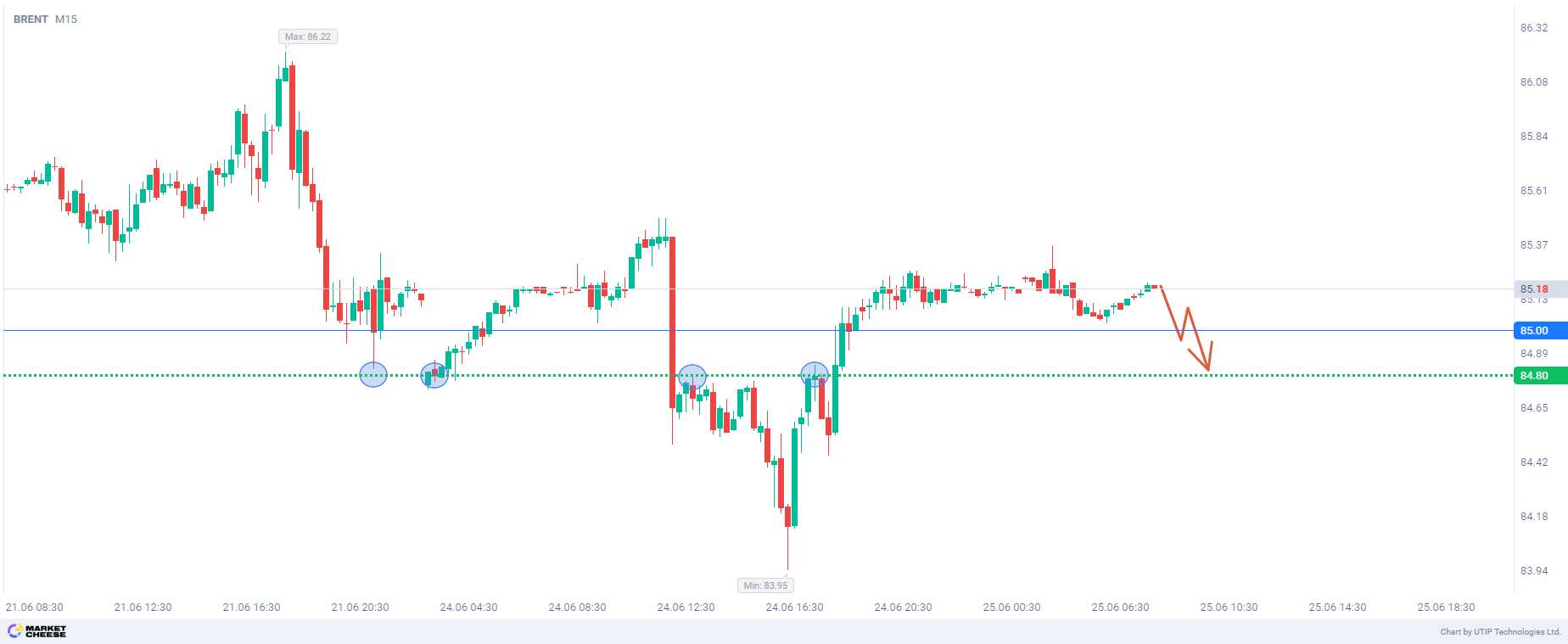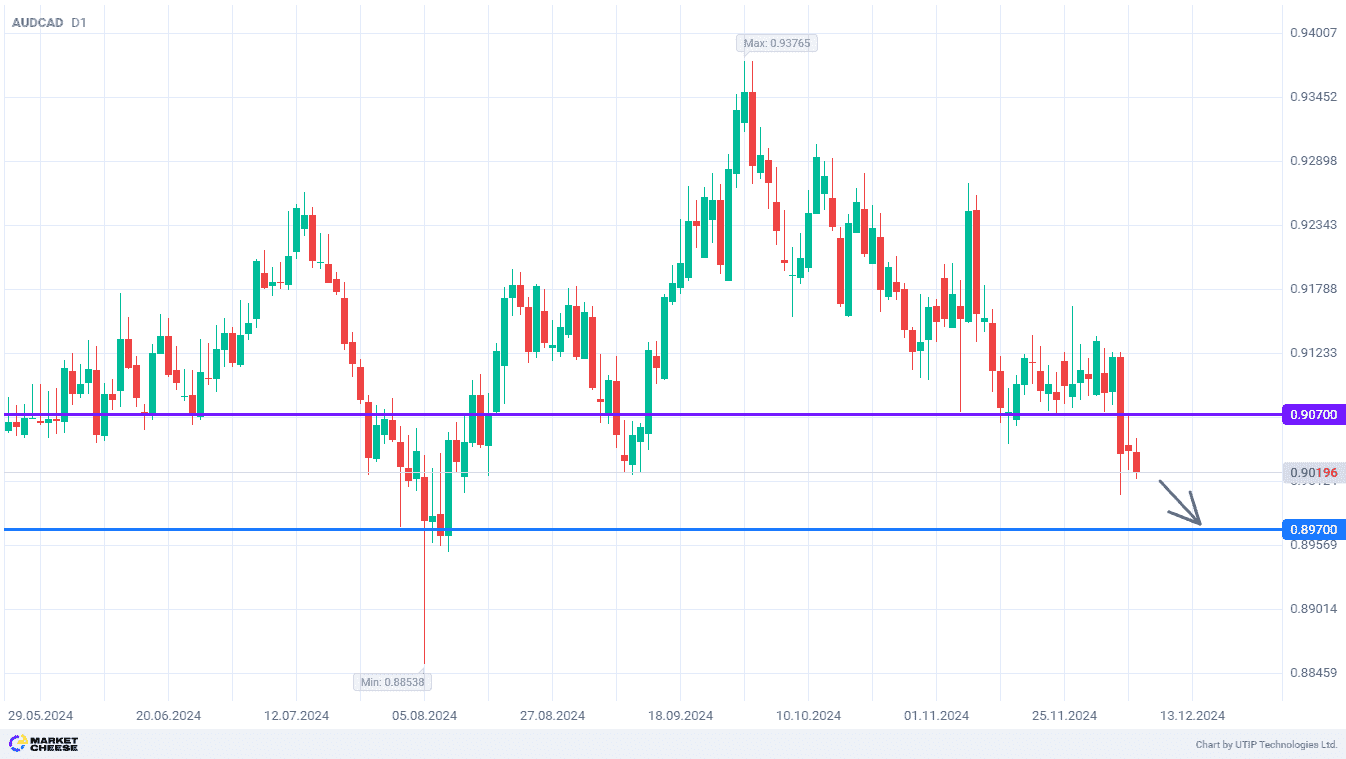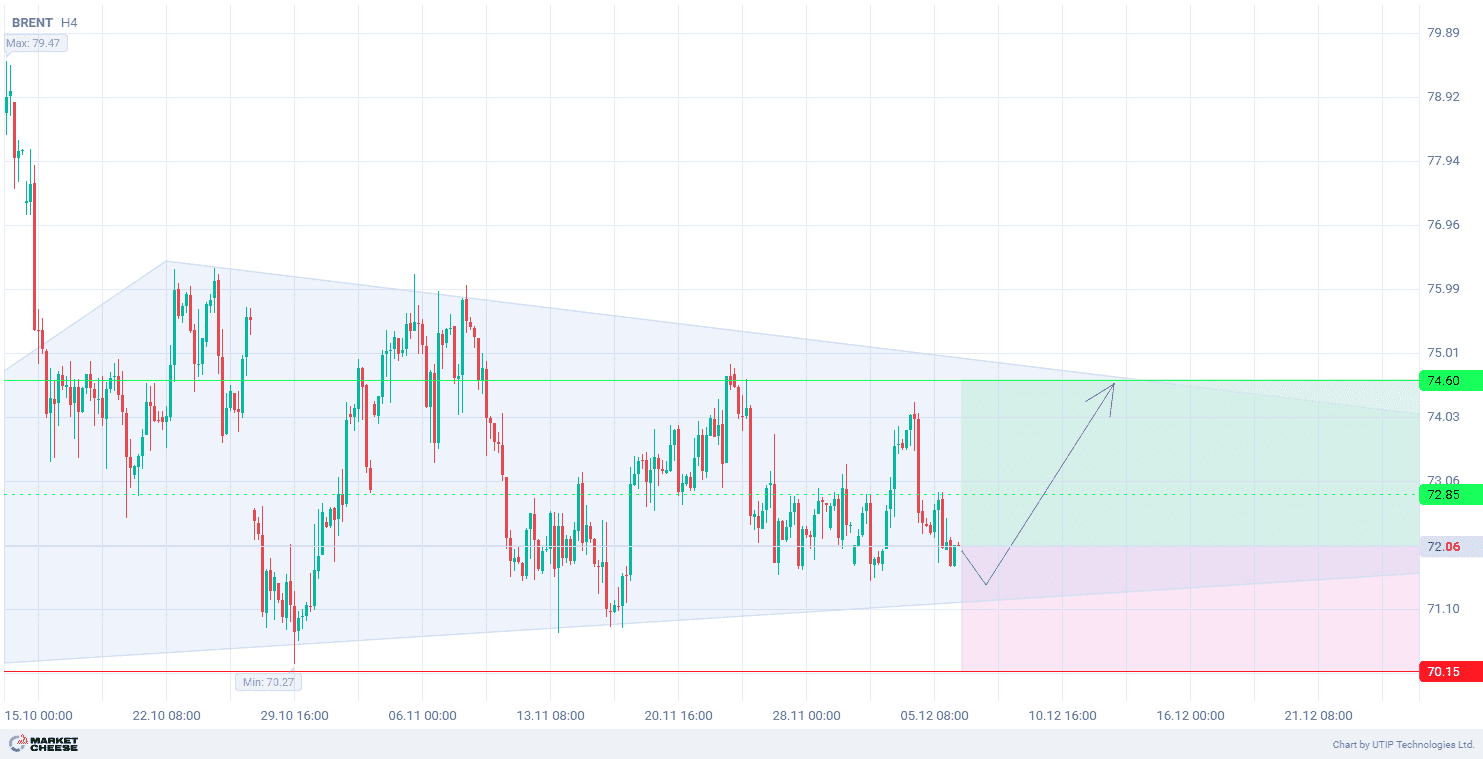Let’s see what changes were recorded yesterday in the positions of oil market participants.
According to CME Group data, open interest on oil contracts is 1145334 for call options, and 828440 for put options. The ratio of call options decreased to 1.38 (1.39 before Monday’s opening).
But the more important point is that the July contract saw large volumes of oil sales. Thus, the change in the number of call contracts amounted to +499, and put contracts to +4897, which is almost 10 times more than the increase in call contracts.
Contracts for difference on Brent today remain neutral in general, the buy/sell ratio is 50/50 on average.
From a fundamental point of view, there are a number of factors exerting downward pressure on oil prices.
First, there is growing global concern about the prospects for recovery of the world’s second largest economy. Consumers in China, the world’s largest oil importer, are reluctant to spend due to concerns about their personal wealth caused by a slump in the real estate market, delayed wage growth and high youth unemployment, threatening China’s stated economic growth target of 5% this year.
Second, delaying interest rate cuts in many developed economies will keep borrowing costs high for longer, which could dampen economic activity and hurt oil demand. For example, San Francisco Fed president Mary Daly said Monday that she doesn’t think the U.S. central bank should cut rates until policymakers are confident that inflation is approaching 2%.
In summary, the overall bullish bias towards Brent crude oil prices remains unbroken for now, but there are all the prerequisites for a downward price correction. The target of such corrective movement for Brent is likely to be the technical level of 84.8.
The final recommendation is to sell Brent.
The profit could be fixed at the level of 84.8. The Stop loss could be placed at 85.5.
It’s suggested to limit the trading volume to no more than 2% of your deposit funds.










